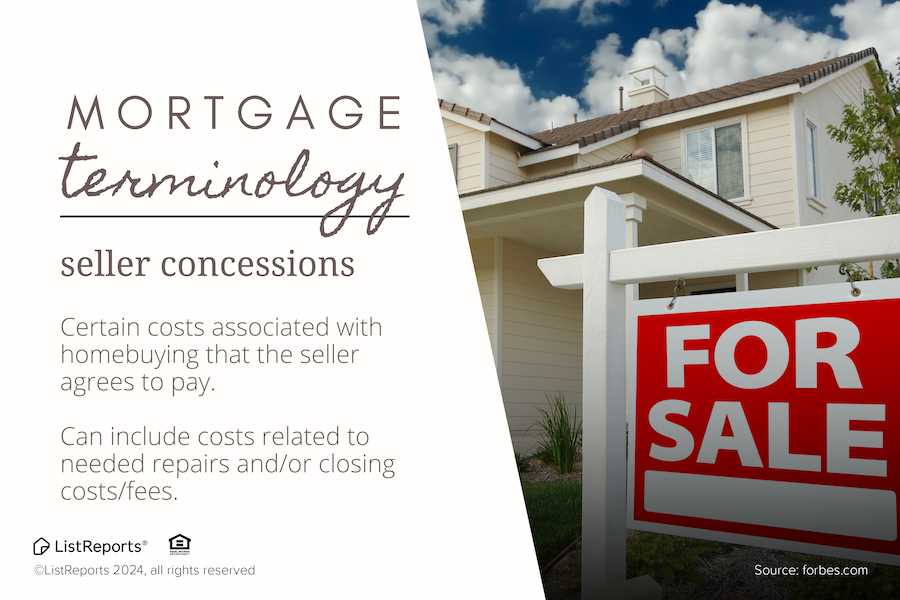🏡 Seller Concessions: A Win-Win for Buyers, Sellers & Agents
When buying or selling a home, everyone wants the best deal. Buyers are focused on keeping costs down, while sellers want to move their property quickly at a fair price. One tool that helps both sides meet in the middle is the seller concession — a financial incentive that eases the buyer’s costs and makes a listing more appealing.
Phoenix is currently seeing roughly half of closings include seller concessions—about 51% in early 2025 per Redfin—with several recent local reads showing ~50–56% and a $10,000 median concession, while the U.S. sits near 44%. 🔗Nationally, about 44.4% of sales include them, near record highs. Concessions are no longer an occasional perk; they’re an everyday part of negotiations
💡 What Are Seller Concessions?
Seller concessions are payments a seller agrees to make toward a buyer’s costs at closing. Think of them as a way for sellers to chip in, making the home more affordable without lowering the price outright.
These concessions can cover a variety of expenses, including:
Closing costs like appraisal fees, title insurance, and recording fees
Repairs or credits discovered during inspections
Interest rate buydowns to reduce the buyer’s monthly payment
Home warranties for extra peace of mind
Here’s an example: if a buyer purchases a $400,000 home and the seller agrees to 5% in concessions, the seller contributes $20,000 toward closing costs and related expenses. The buyer needs far less cash upfront, and the seller secures a sale.
👩💼 Who Benefits?
Concessions are designed to create a win-win:
Buyers save thousands at closing, making homeownership more accessible, especially for first-time buyers.
Sellers can make their property stand out in a crowded market, attract more offers, and close faster.
Agents get an important tool for creative negotiations, helping bridge gaps between buyers and sellers.
⚖️ The NAR Settlement and Concessions
The recent NAR settlement has reshaped the way compensation is handled in real estate. One important clarification is that seller concessions cannot be tied to or conditioned upon payment to a cooperating broker, buyer broker, or other buyer representative.
That means concessions are strictly for the buyer’s benefit — covering their costs, not serving as a backdoor for commissions. This shift underscores the importance of transparency in negotiations and keeps the focus where it should be: making the purchase more affordable for buyers.
📊 Loan-Specific Limits
Concessions are powerful, but they’re not unlimited. Different loan programs cap what sellers can contribute:
Conventional loans: Up to 3% if down payment <10%, 6% if 10–25%, and up to 9% if >25%. For investment properties, capped at 2%.
FHA loans: Up to 6% of the purchase price.
VA loans: Capped at 4% but can be applied creatively, like paying off buyer debts to help them qualify.
USDA loans: No fixed cap, but concessions must be “reasonable” and tied to actual costs.
Understanding these limits ensures concessions stay compliant with loan rules and truly benefit the buyer.
🎯 Smart Ways to Use Seller Concessions
How buyers and sellers apply concessions can make all the difference:
Interest Rate Buydown: Sellers pay points to lower the buyer’s rate, easing monthly payments. Find out more about this in our previous post 🔗 Temporary Buydowns
Cover Closing Costs: Frees up cash for moving expenses or future home projects.
Inspection Repairs: Instead of fixing issues themselves, sellers offer concessions so buyers can handle the work.
Home Warranty: Provides added protection for systems and appliances during the first year.
These strategies let buyers step into homeownership with more financial breathing room, while sellers make their listings more attractive without slashing prices.
🐼 Bottom Line
Seller concessions are no longer an afterthought — they’re central to closing deals in 2025. Buyers get relief from upfront costs. Sellers keep their homes competitive. Agents guide both sides to a win-win solution.
With nearly half of Phoenix contracts now including concessions, understanding how they work — and how new rules like the NAR settlement impact them — is essential for anyone buying or selling this year.
👉 Call to Action: The first step toward leveraging seller concessions is getting approved for a home loan. Reach out today to get started — I’ll help you explore your options and build a strategy that makes the numbers work in your favor.




